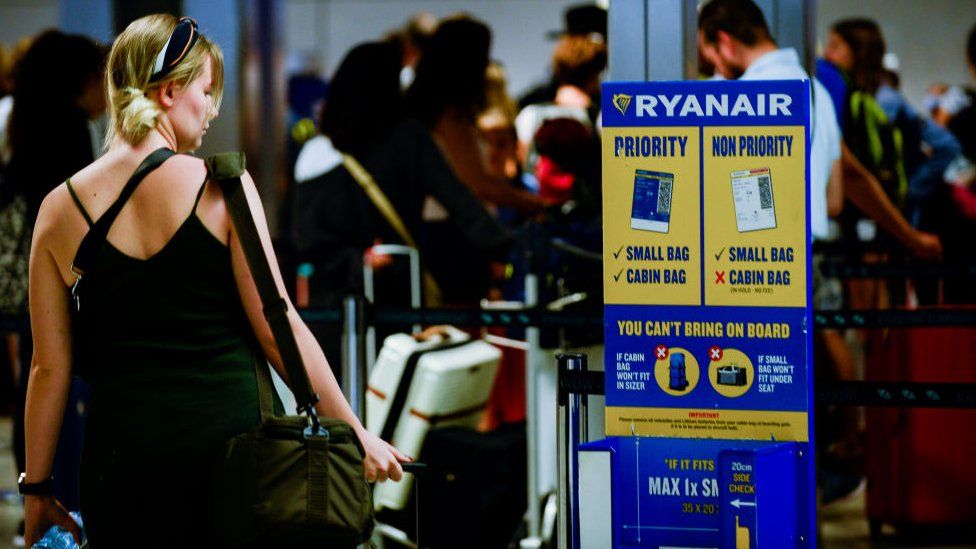-

-
-
Loading

Loading

Ryanair, the low-cost airline, has gained attention on social media for its sarcastic and humorous approach towards its passengers and reputation. Despite the potential risks of being rude to customers, these viral burns have helped Ryanair accumulate 2.1 million followers on TikTok, surpassing other airlines like EasyJet, Jet2, Tui, British Airways, Virgin Atlantic, and Etihad combined. Michael Corcoran, the former head of Ryanair's social media, has received praise for transforming the airline into an online star. The team responsible for the airline's social media posts had significant freedom to post whatever they wanted, which aligns with Ryanair's history of disruptive and provocative marketing. However, some campaigns, such as a 2012 campaign objectifying women and a recent "Jab and Go" advert, have faced backlash. Despite the criticism, Ryanair's sarcastic clapbacks on social media have garnered a surprising number of fans. The aim of the social media team was to lower passengers' expectations of budget travel, emphasizing that the focus is solely on offering the lowest price for transportation, and all additional services come at an extra cost. In addition to charging for extra baggage and legroom, passengers even have to pay to sit together. While some people found the airline's humor offensive, defenders of the brand would often step in when complaints arose, lessening Ryanair's negative image. Ryanair's social media accounts typically avoid discussing topics like the aviation industry's environmental impact to maintain a playful and humorous tone. However, some experts argue that transparency is essential and suggest that not addressing sustainability concerns could harm the brand's reputation. Using humor may foster engagement, but it can also make it challenging to respond adequately to serious criticisms on social media. Ultimately, the effectiveness of Ryanair's social media strategy in managing its image remains a topic of debate.